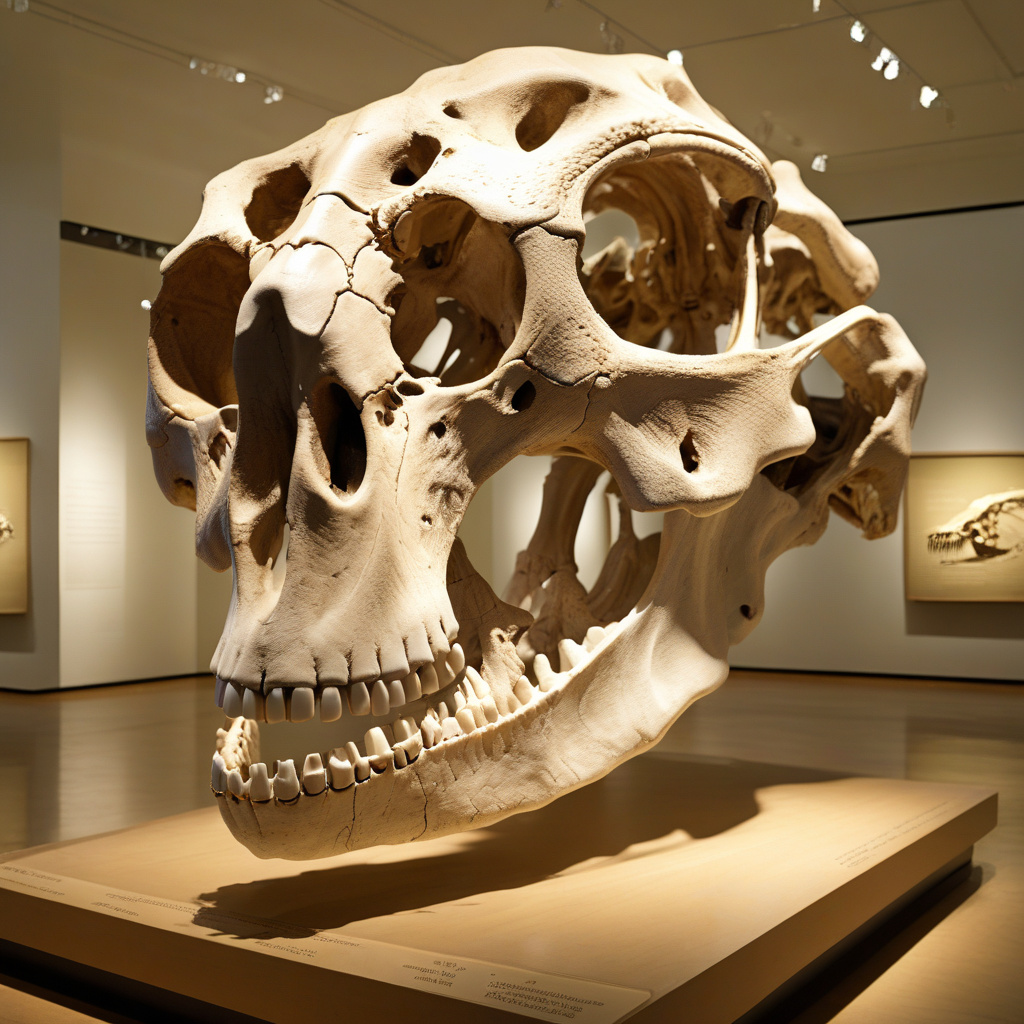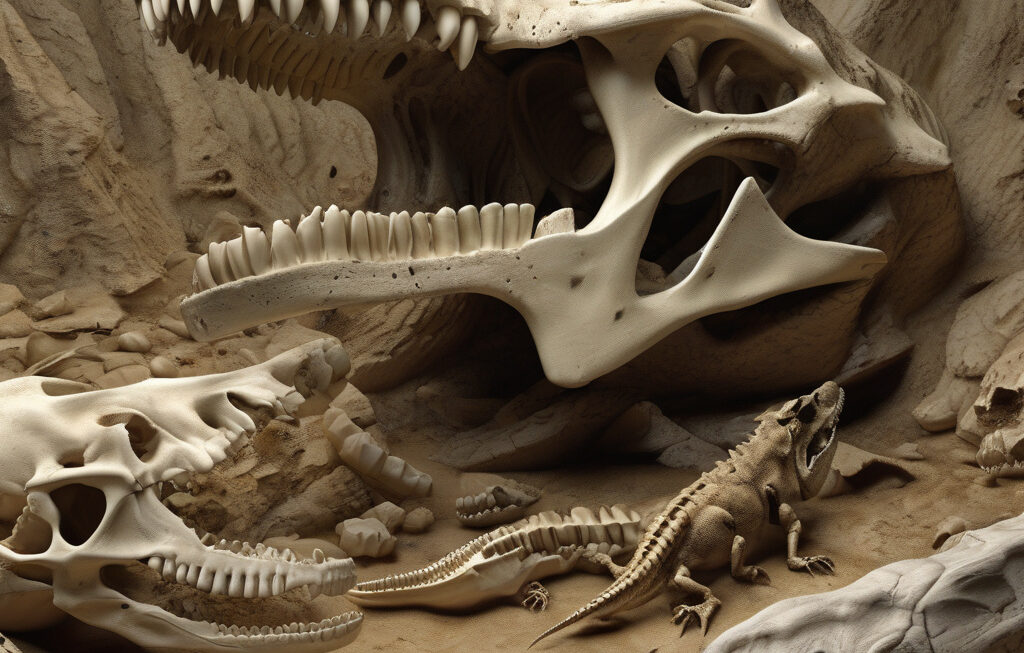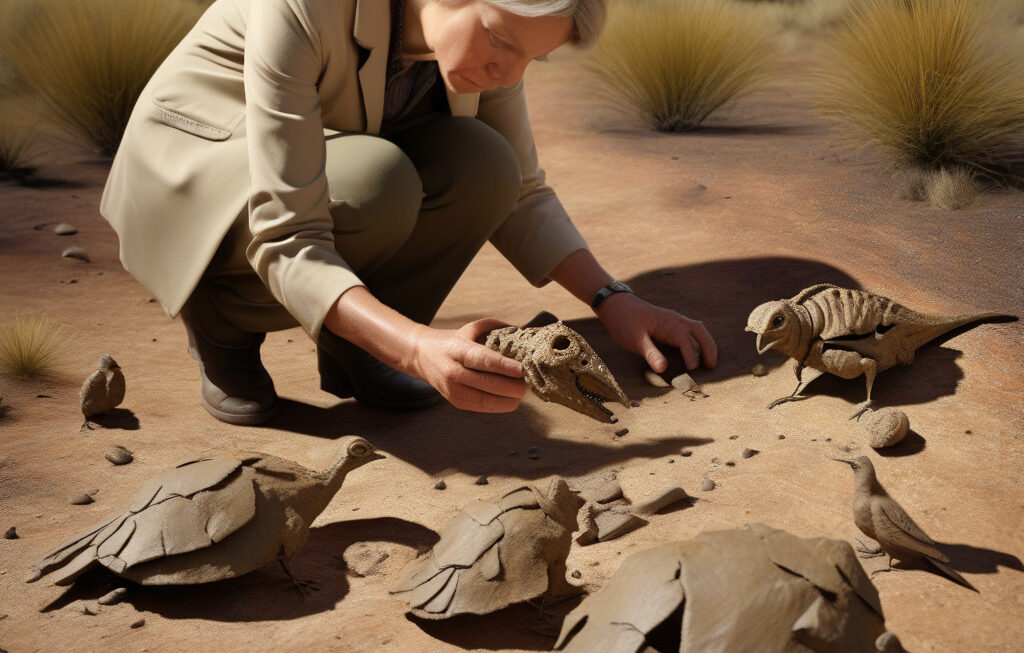Millions of year old dinosaur skull reveals ‘cheeky’ detail about apex predators
Paleontologists in Canada have made a groundbreaking discovery after identifying a previously unknown soft tissue on a 110-million-year-old dinosaur skull. The finding sheds light on the behavior and physiology of apex predators that roamed the ancient earth, offering a glimpse into the mysterious world of these creatures.
The exceptionally well-preserved fossil, belonging to a species of tyrannosaur, revealed a unique feature that has never been seen before in dinosaurs: a well-defined cheek structure. This finding challenges previous assumptions about the facial anatomy of these apex predators and provides valuable insights into how they hunted and consumed their prey.
According to the research team, led by Dr. Elizabeth Johnson, the presence of distinct cheekbones suggests that these dinosaurs may have possessed powerful jaw muscles, enabling them to deliver a crushing bite force. This anatomical adaptation would have allowed them to effectively tear into the flesh of their prey, making them even more formidable hunters than previously believed.
In addition to the cheek structure, the fossil also displayed evidence of specialized teeth that were perfectly suited for slicing through tough flesh and bone. This further supports the theory that these dinosaurs were highly efficient predators, capable of taking down large prey with ease.
The discovery of soft tissue on the dinosaur skull has opened up new avenues for research into the physiology and behavior of these ancient creatures. By studying the microscopic details of the tissue, scientists hope to gain a better understanding of how these apex predators interacted with their environment and other species.
Dr. Johnson and her team are now planning to conduct further analysis on the fossil to uncover more secrets hidden within its ancient remains. By using advanced imaging techniques and cutting-edge technology, they aim to create a detailed reconstruction of the dinosaur’s head, allowing them to visualize its internal structures in unprecedented detail.
This groundbreaking discovery not only adds to our knowledge of dinosaur anatomy but also highlights the importance of continued research in paleontology. By uncovering new details about these long-extinct creatures, scientists can piece together the puzzle of life on Earth millions of years ago, painting a vivid picture of the world that once was.
As more discoveries like this are made, our understanding of dinosaurs and their place in the natural world will continue to evolve, providing valuable insights into the processes of evolution and adaptation that have shaped life on our planet.
In conclusion, the recent finding of a 110-million-year-old dinosaur skull with a unique cheek structure offers a fascinating glimpse into the world of apex predators from the ancient past. Through careful analysis and research, scientists are unraveling the mysteries of these magnificent creatures, shedding light on their hunting techniques and anatomical adaptations.
#DinosaurDiscovery, #PaleontologyBreakthrough, #AncientApexPredators, #FossilRevelations, #PrehistoricAnatomy












